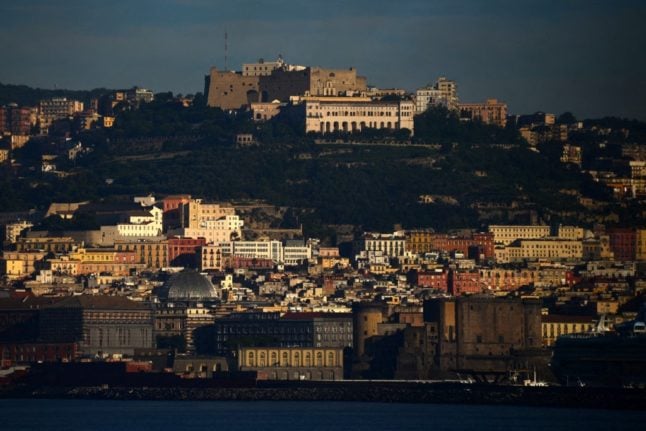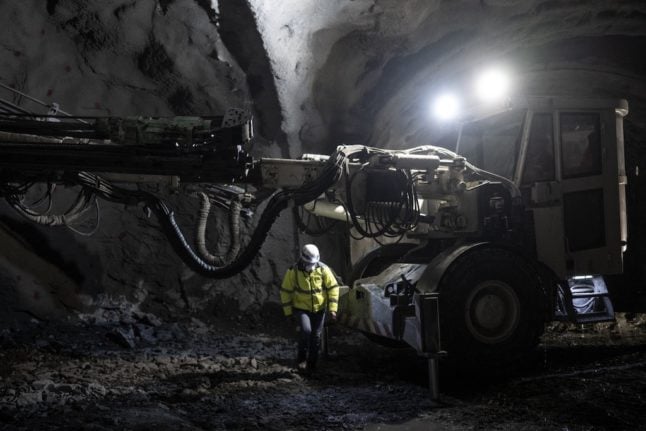Video footage published to social media on Wednesday morning showed scenes of panic as passengers escaped from the cars under a torrent of water.
The vehicles’ occupants were rescued and no one was injured in the incident, which was thought to have been caused by a water leak.
“We were arriving from Via Bonito when, turning towards Via Morghen, the earth beneath us gave way. We suddenly found ourselves sunk underground,” local councillor Giulio Delle Donne, who was in one of the cars, told the news site Fanpage.
“We were lucky because at that moment there was an Italian army patrol in the area. The soldiers pulled us out of the hole with their arms,” he said.
“Along with the road, a tree and a lamppost collapsed, fortunately seconds after we got out of the passenger compartment. A few more moments and it would have been potentially fatal.”
Naples city council said initial checks appeared to show that the sewer had collapsed, adding in a tweet that a tweet that local police, firemen, and workers from the city’s water company were on the scene.
Una voragine si è aperta alle 5 di questa mattina in via Morghen.
🚧📅Viabilità modificata a causa della chiusura di via Morghen all'altezza di via Bonito. Al lavoro ABC, Polizia Locale e Vigili del Fuoco.
🖥️Leggi la notizia sul sito 👇https://t.co/VDo2Adzv2X pic.twitter.com/uzcd6WGvC3
— Comune di Napoli (@ComuneNapoli) February 21, 2024
Significant amounts of water leaked onto Via Kerbaker, below the site of the collapse, where terraces and apartments were flooded.
“The water supply pipeline has been closed and the water supply has therefore been interrupted in the San Martino area and from Piazza Vanvitelli upwards,” the council said in a statement.
The nearby Salesiani high school was closed as a precautionary measure, and it’s expected that a building next to the sinkhole on Via Morghen will be evacuated while workers fix the problem.
This is far from the first time a sinkhole has opened in Naples – just last month, Via Manzoni was closed after the collapse of another sewage pipe opened up a hole in the road.
Questioned by journalists on Wednesday, Mayor Gaetano Manfredi blamed the problem on a lack of regular maintenance carried out in the past.
“We have a situation at the sewer system that has not had maintenance for many, many years,” he said.
“We are putting in place monitoring projects, to do preventive maintenance. We’re also doing major cleanup work.”





 Please whitelist us to continue reading.
Please whitelist us to continue reading.
Member comments